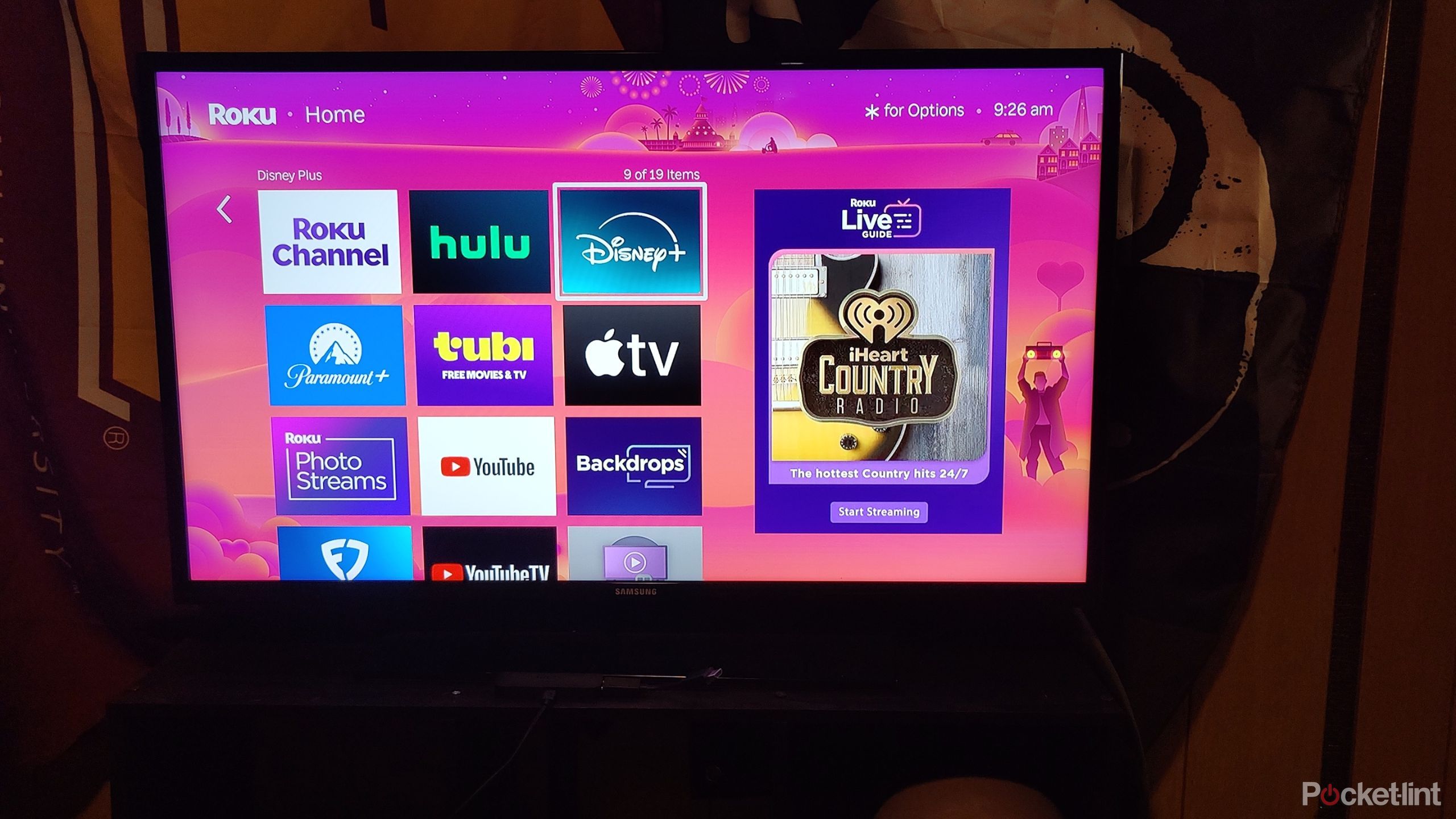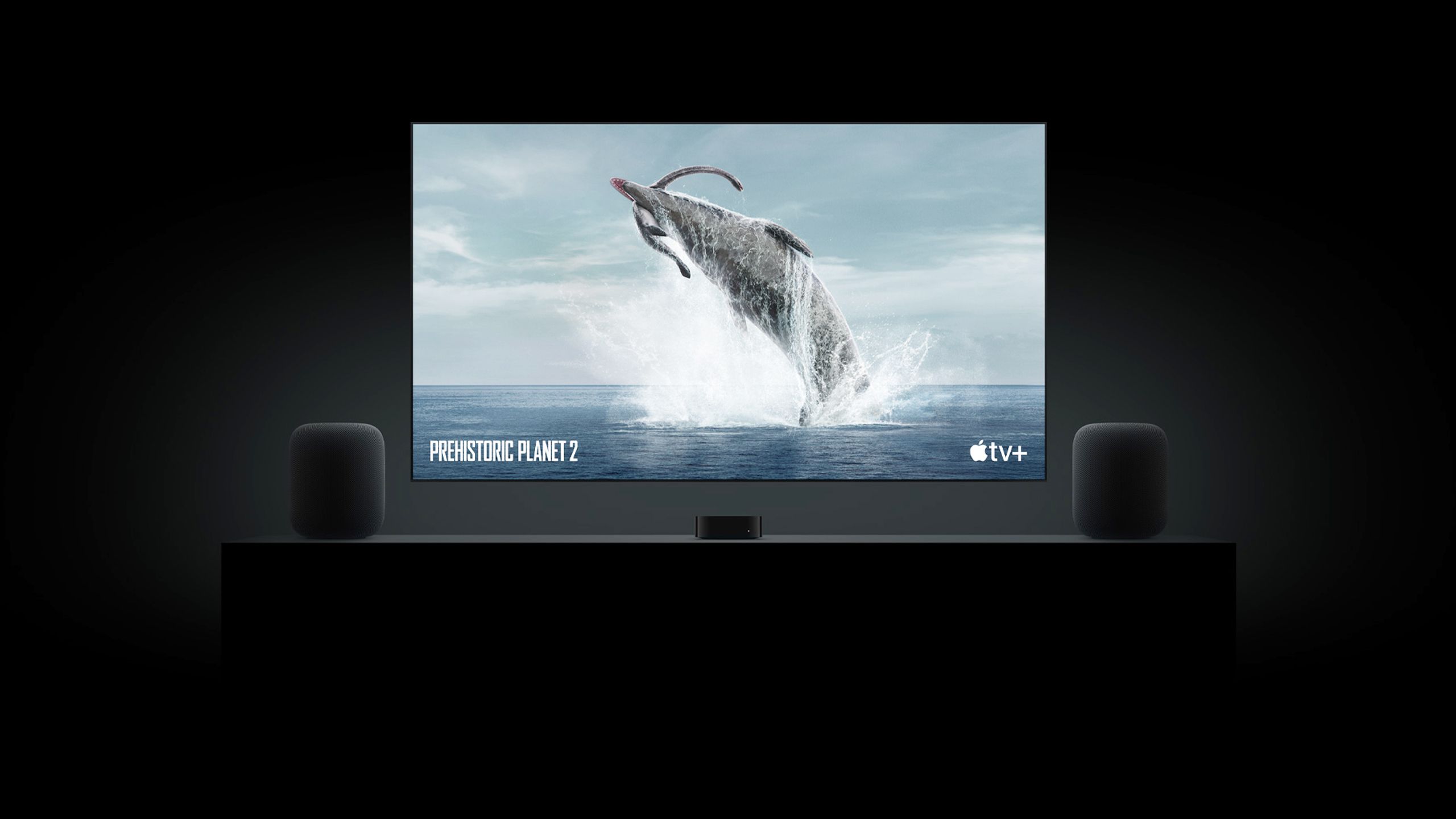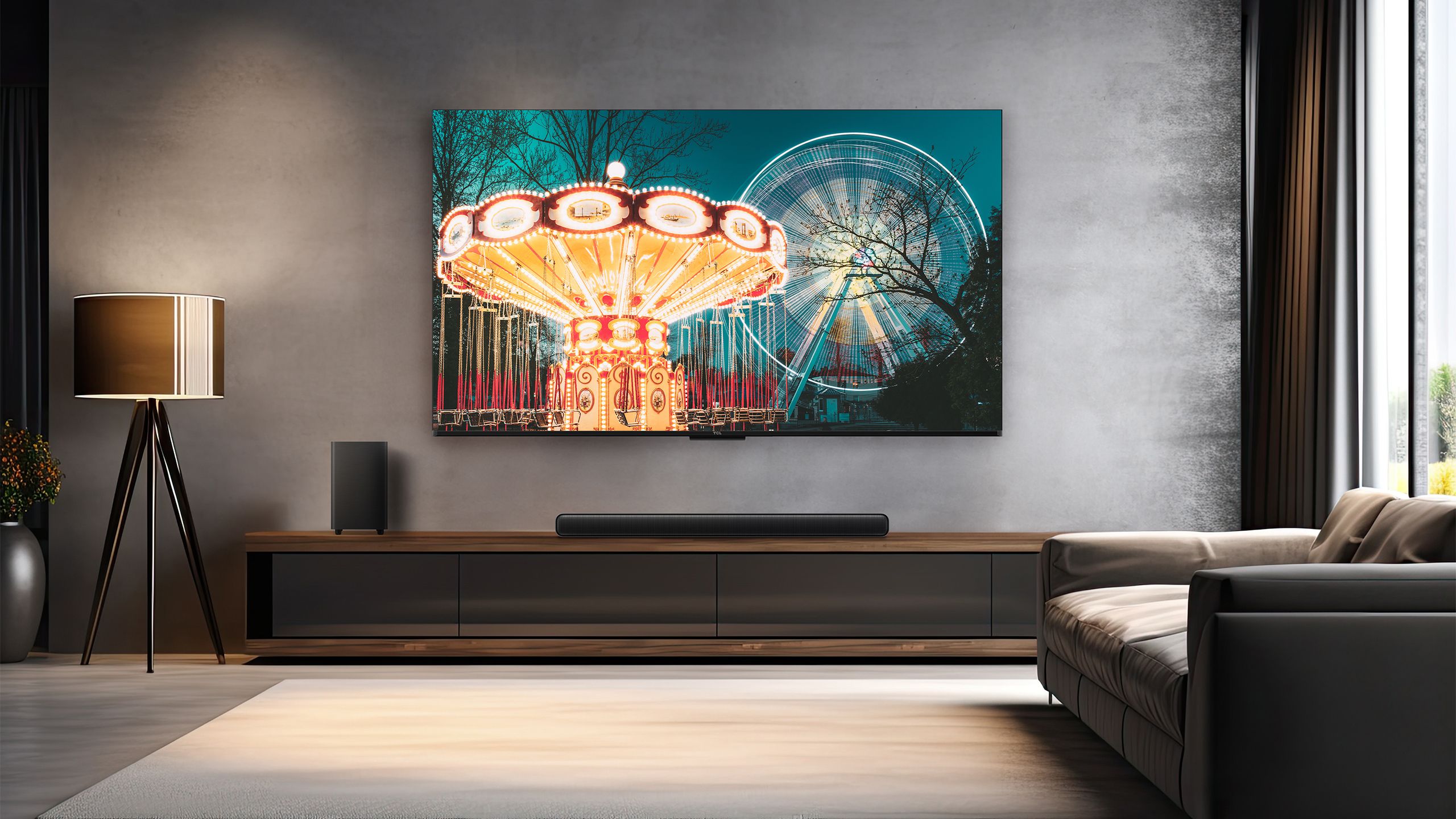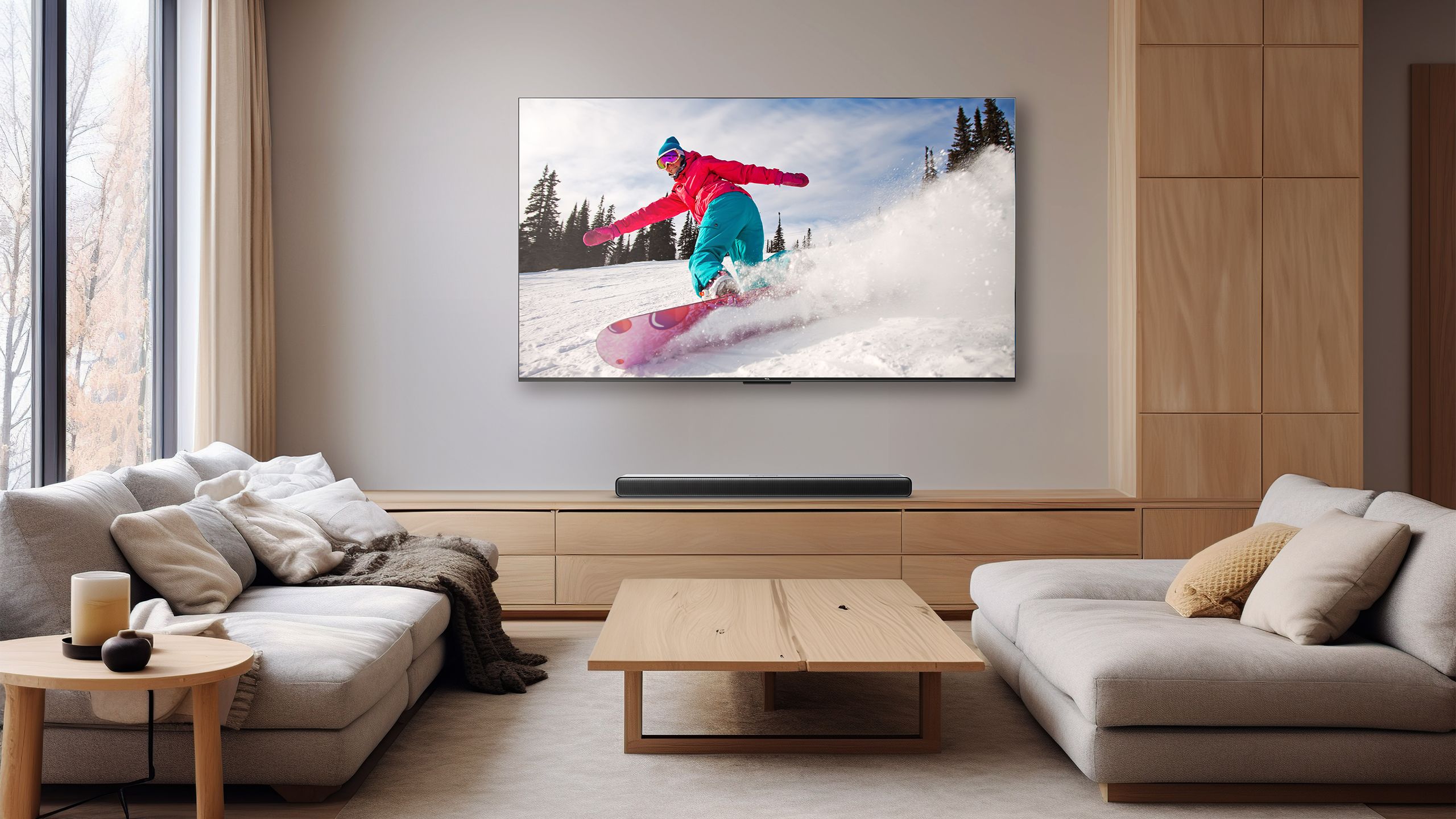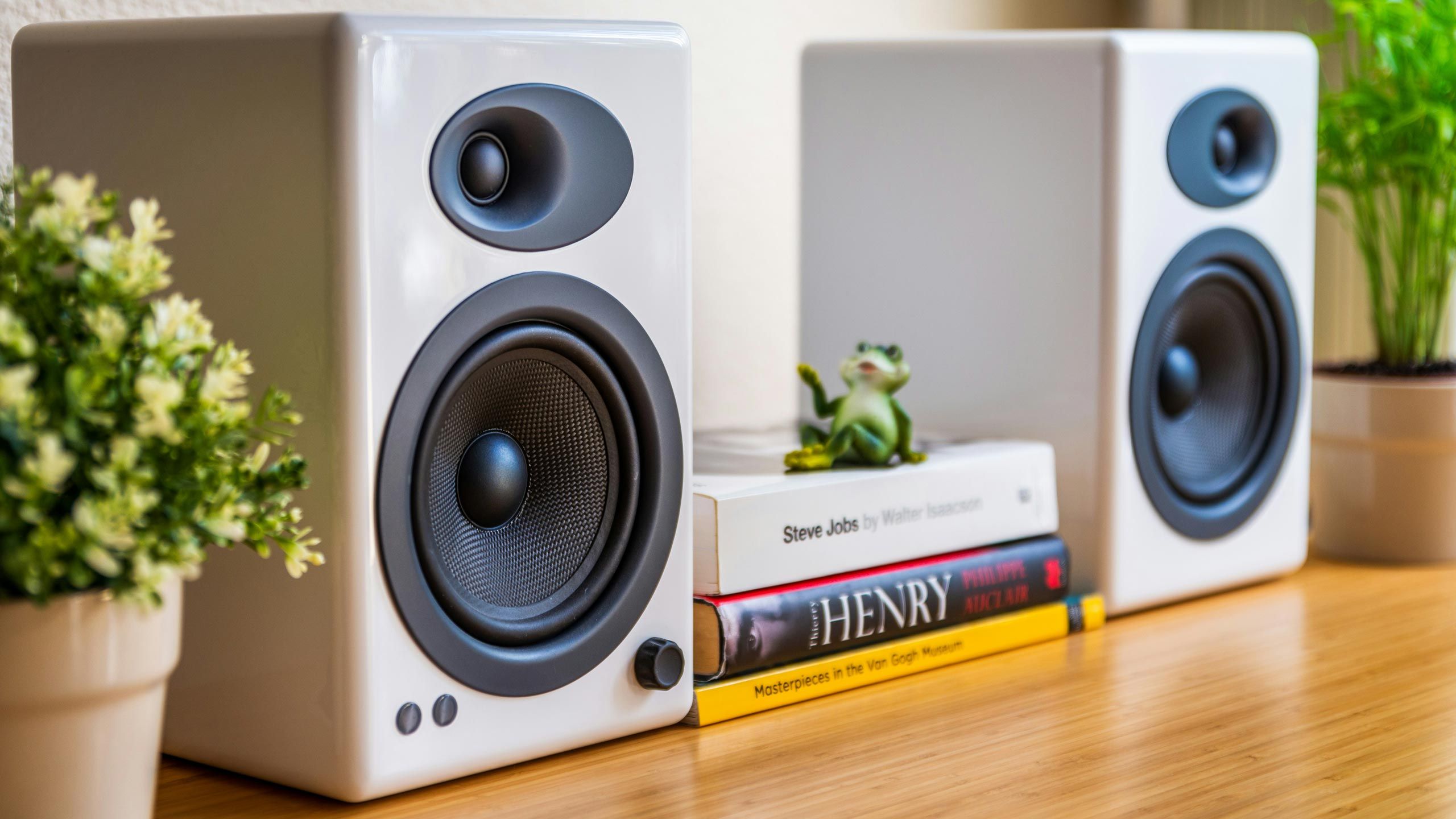Summary
- Adjusting bass and treble on TV settings can improve audio clarity.
- Avoid Boost modes and try preset sound modes for better listening.
- Consider external speakers or a soundbar for a more immersive audio experience.
If you’re a fan of Game of Thrones, you remember the final big battle against the White Walkers. Besides the relatively well-lit moment with Arya, you probably also remember how impossibly dark the episode was on your TV. If you didn’t set your visual settings to be brighter, you probably were squinting at the TV, trying to figure out what was happening the whole time.
It’s not the only example out there where everyone should’ve jumped to make changes to their TVs. You want to have the most enjoyable experience, so why not just take some basic steps to doing so? It only takes a small amount of time to get what you want. This goes for video as well as audio.

Related
Dolby may be losing its grip on TV audio thanks to Google
A recent TV Streamer update and a Samsung collab may threaten the future of Dolby Atmos.
1
Many people rely on closed captioning to fully understand what they’re watching, but if you’re struggling to listen to soft dialogue or whispers during a program, you don’t just have to rely on closed captioning. There are settings you can change on your TV to better enhance software dialogue. Here’s what you need to know.
2
It’s not all about the bass
This one is almost too easy
If you’re having trouble hearing dialogue on your TV, the culprit might be the bass. When bass is too high, it can overpower voices and muddle the sound.
Head to your TV’s Audio settings, where you’ll usually find separate controls for bass and treble. Try lowering the bass and slightly increasing the treble to create a more balanced mix.

Related
5 easy ways to get your TV to stop freezing
Freezing and buffering TVs are exhausting to deal with.
3
Get out of Boost mode
This will only apply to certain TVs
Apple
Your TV probably has sound modes you’ve never touched — like Dialogue, News, or Speech Boost. If voices sound muddy or get lost in the background, try flipping through them. Sometimes turning them off even sounds better.
Raise the treble if you find the bass too heavy after this.
Then there are presets like Movie, Standard, or User mode. These tweak the EQ automatically so you don’t have to. Movie Mode might pump up the soundtrack while Standard keeps things more relaxed. It’s a quick way to match your audio to whatever you’re watching without diving into a settings rabbit hole.
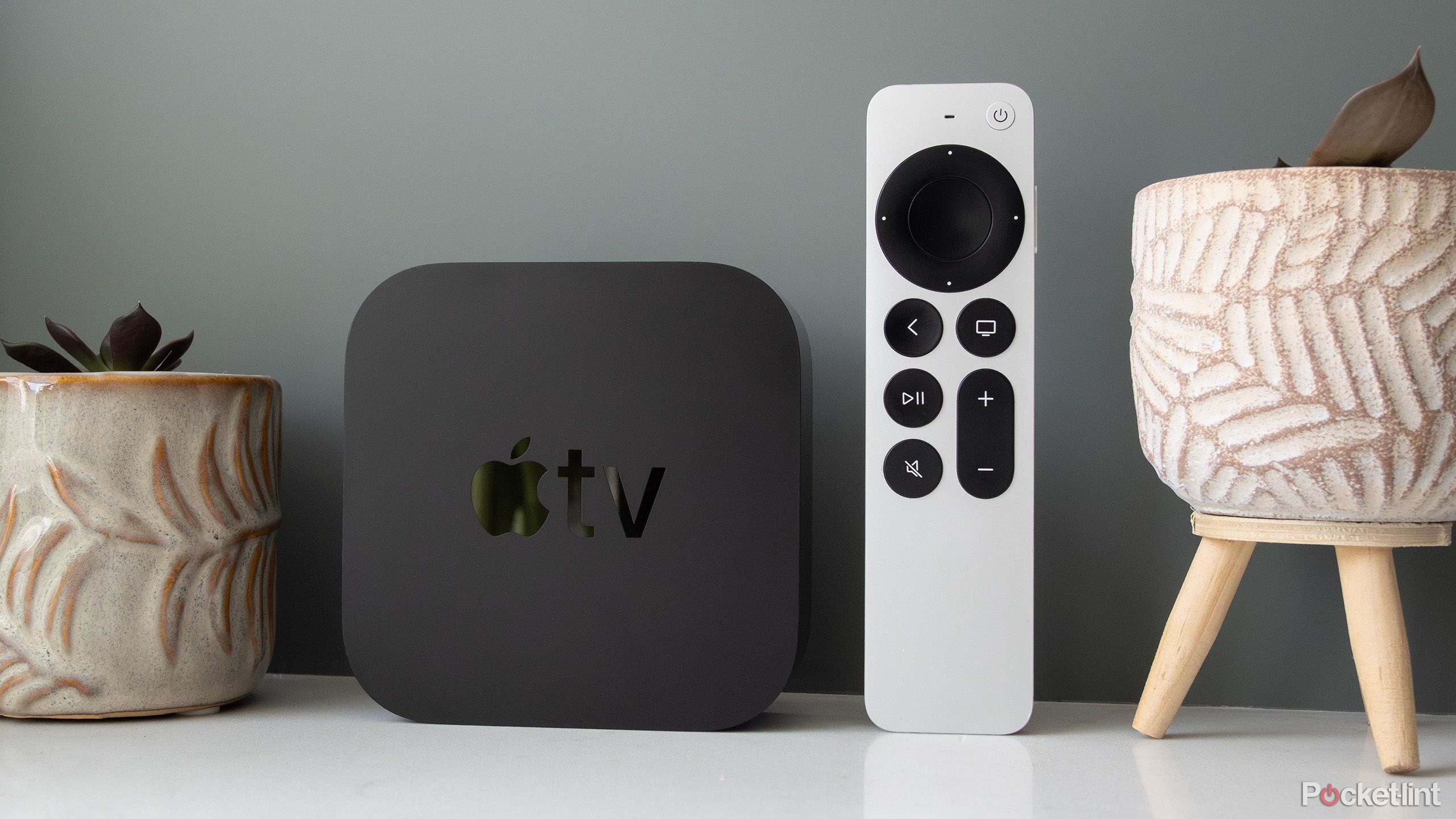
Related
It’s ridiculous that Apple TV is missing this basic feature in 2025
I love my Apple TV 4K, but come on.
4
Understand more about your room
The acoustics are so important
TCL
Every room sounds different. Furniture, walls, and layout all mess with how audio hits your ears. If your TV’s shoved in a corner or there’s a big couch blocking the sound, it’s going to affect how things sound — especially dialogue.
Streaming, gaming, music — your TV does a lot, and each one sounds different. Think about where you’re placing stuff. A cluttered room or constant background noise might mean you’ll need to crank the volume just to catch what people are saying, or even go back through this list of tips when you change up the kind of media you’re consuming on your TV at a given time.
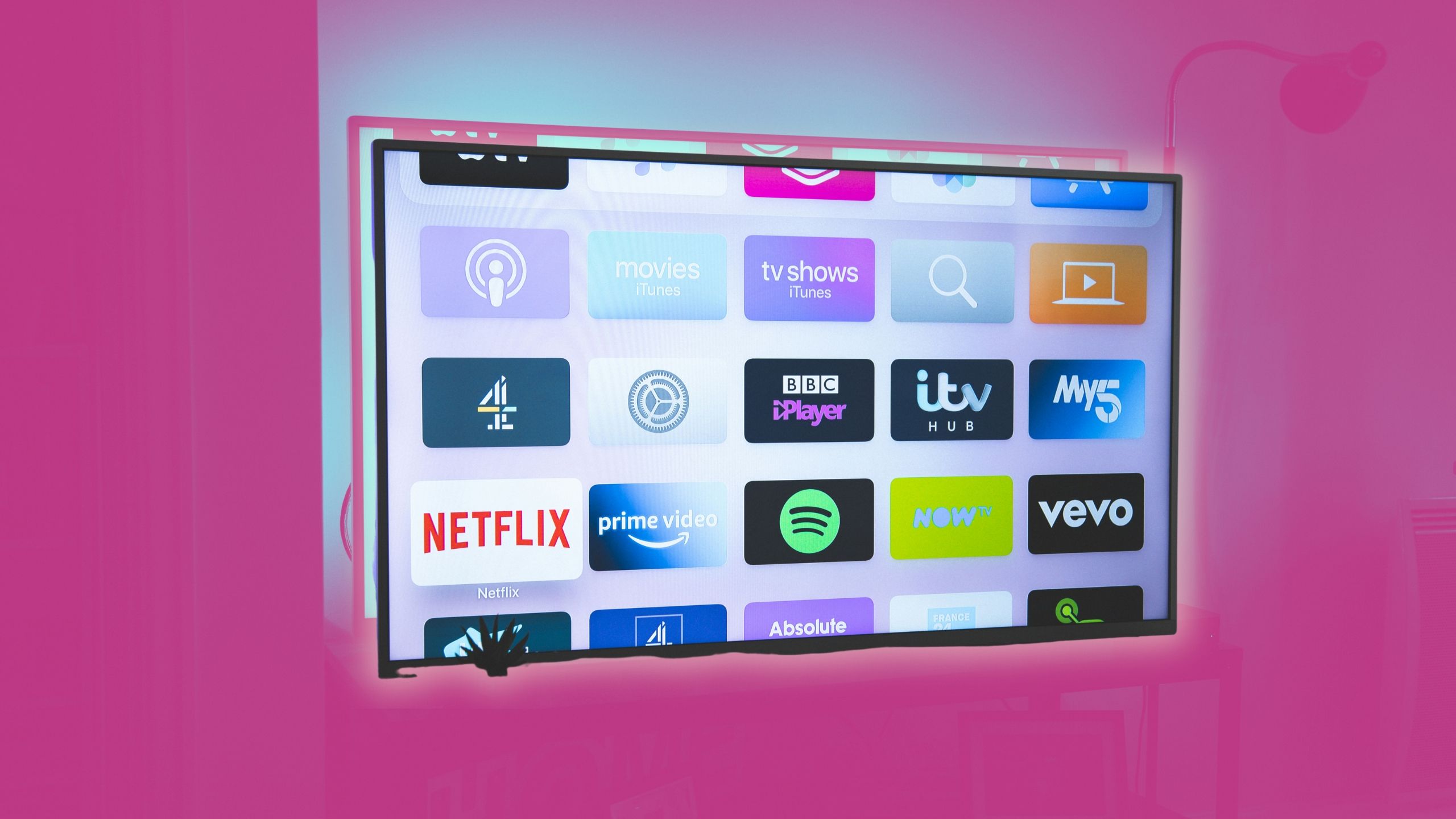
Related
New smart TV? Remove these apps immediately
You don’t need these kinds of apps ever.
5
Volume leveling needs to be right
It’s an easy setting to fix
TCL
Dynamic range compression, or volume leveling, gives sounds a certain threshold in terms of how loud they are and compresses the highest and lowest parts of a sound to make it consistent. It basically takes parts of the sound wave and squeezes them to make a smoother noise. If the range is incredibly large, the sounds will still seem loud. The smaller you can make the range of the volume, the easier it is to understand what the sound is. There are settings on the TV that will allow you to change the volume leveling to avoid having large, disorienting volume spikes.
You need to be cognizant of what you want it to sound like when you’re setting up your room.
Volume leveling is especially handy for whispers and quiet dialogue or when you’re watching TV on a low volume, probably because it’s late and your kids or partner are sleeping. When the sound gets quieter, it doesn’t become impossible to hear it if you have shortened the range of the volume. This should also be in the audio settings menu of your television, if your TV allows for dynamic range compression to be adjusted.
That isn’t the case for every TV though.

Related
How I use CEC and ARC to get the best TV sound possible
A pair of technologies do heavy lifting to effectively move audio through your devices.
6
Soundbars or speakers
Both can dramatically alter audio
Unsplash
If you think your TV’s built-in speakers are good enough, you’re probably also cool with cranking up subtitles just to follow a conversation. They work, but they’re not great — especially if you actually want to hear everything clearly. But in general, you’re going to get better sound if you use external speakers or a soundbar.
Yeah, it’s an extra cost, but the difference in sound is worth it. You’ll get more balanced audio, better clarity, and that full, movie-theater feel. It’s important to remember that speakers and soundbars can be used in place of your TV’s speakers, but you don’t have to always use them. If there are times when you want a less immersive experience, you can swap back to your TV’s native speakers.
Most external speakers even let you tweak the EQ settings to get the sound just right.





